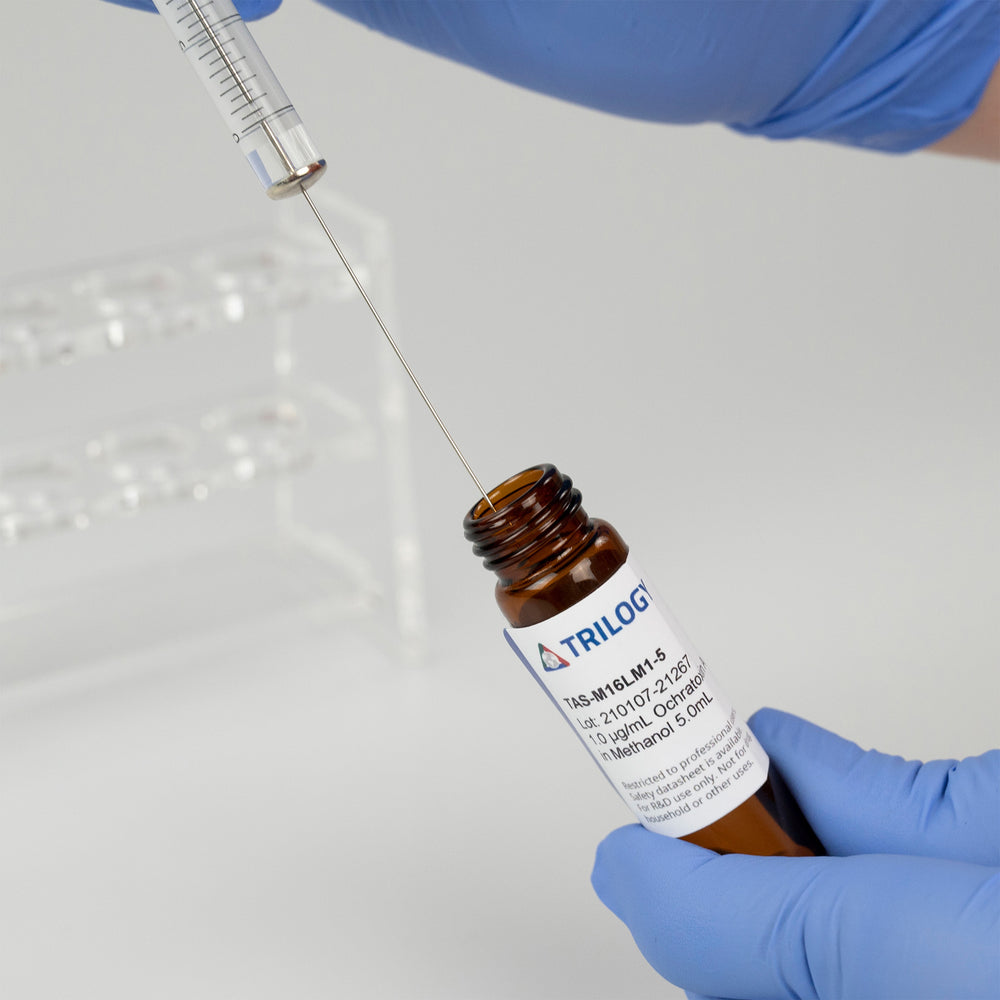The United States Fall Peanut Harvest Underway: Risk Mitigation with Aflatoxin Testing Plans
Jenny Rodgers
September 14, 2023

The fall peanut harvest is now in full swing
The fall peanut harvest is now in full swing, especially for the US Midwest regions which makes it a perfect time to review your mycotoxin testing plan for mitigating risks associated with contaminated peanuts. Peanuts, like many crops, are susceptible to mold and fungal contamination under certain circumstances. Though unlike cereal grains, peanuts are unique because they are legumes and produce their edible parts, called pods, below ground. The growing structure of root crops are still susceptible to mold and fungi such as Aspergillus flavus and Aspergillus parasiticus. These molds are particularly problematic because they can produce aflatoxins, which are toxic and carcinogenic compounds harmful to both human and animal health.
The mold spores are very active through their pathways of travel and have a knack for getting all around traveling on the wind, an insect vector, mechanical soil cultivation which will kick up the spores already present and can move them around further, and movement within water cycles.
Once the conditions are favorable:
- Nutrient availability = peanuts
- Temperature and moisture conducive to growth
The mold growth can be quite quick and enter the logarithmic phase of growth, and during this phase, molds are actively metabolizing and producing various metabolites, including aflatoxins. As the culture enters the stationary phase, growth slows down, but mycotoxin production may continue or even increase.
There is little that can be done when mold is reproducing rapidly, specifically in the case of root crops where it’s not visible. Once the toxin is produced it has chemically altered the crop and is not possible to remove. This can be a common misconception that washing or heating methods will remove the aflatoxin contamination, but these methods only remove or kill the mold spores not the toxin.
During and after the harvest there are still areas to plan for where risk mitigation can come into play. These preventative measures can save the producer money from lost crops due to contamination:
- Best harvesting practices: Timely and careful harvesting can minimize the risk of physical damage that could lead to mold and fungal infections from split or cracked shells.
- Drying and curing: After harvest, peanuts are dried and cured to reduce moisture content and inhibit mold growth.
- Storage conditions: Proper storage facilities with controlled humidity levels are used to maintain peanut quality after harvest.

Need help setting up an aflatoxin testing plan?
Trilogy has decades of experience testing complex matrices such as peanuts.
View DetailsCommodities that can present issues during analytical testing are more prone to receiving either false negatives or false positives depending on the testing methodology used. Trilogy relies on technology such as liquid chromatography, solid phase purification and even mass spectroscopy for advanced separation techniques to remove commodity impurities from the toxin of interest. Not only can the commodity cause testing issues but the overall distribution of how mycotoxins naturally occur cause challenges to the testing industry.

Mycotoxin distribution on the crop is
notorious for being sporadic or ‘pocketed’.
A good analogy to describe this is using a soup analogy. Imagine you take a spoonful of smooth and creamy tomato soup. You know what to expect with every bite since the soup has been pureed into a homogenous mixture. Then imagine a bowl of chicken noodle soup full of carrots, chicken and noodles. Picture the carrots as mycotoxins. Now when you go to take a spoonful of the chicken noodle soup you could get just a noodle, a noodle and a piece of chicken, a carrot, or you could get the only two carrots in the entire bowl in one spoonful. This is where the issue arises when we go to take a mycotoxin sample. If you aren’t sampling and subsampling properly, your testing plan is “doomed” from the get-go. It’s critical that you have an appropriate representation of your entire lot in order to obtain accurate results.
Planning ahead with a mycotoxin testing plan and ensuring your group has the understanding of what your testing result means will assist in making those difficult decisions. Are you up to date on the regulatory limits for your commodity? Check in with the FDA guidance to review action limits for aflatoxins in nuts. And lastly make sure you have a complete understanding of your testing method uncertainty. This knowledge can be the difference between accepting or rejecting a batch of contaminated crops. Learn more about Mycotoxin Regulatory Limits
About Trilogy
Trilogy is a food and feed safety laboratory specializing in mycotoxins, mycotoxin binder analysis, biogenic amines and animal drug residue testing. Trilogy Analytical Laboratory opened its doors in 1999 when its founders recognized a need in the mycotoxin industry for quick result turn-around utilizing reliable reference methods provided in an analytical setting. One of the main pillars of Trilogy’s strategy is to operate using a comprehensive quality program that we can rely on to ensure performance parameters are met every single time. From this philosophy the Trilogy line of quality products was born with the mycotoxin industry in mind.
Media Contact: Lynette Hischier, l.hischier@trilogylab.com






